The Cincinnati Bengals are a professional American football franchise based in Cincinnati. The Bengals compete in the National Football League (NFL) as a member club of the league's American Football Conference (AFC) North division. The club's home stadium is Paul Brown Stadium, located in downtown Cincinnati. Cincinnati's divisional opponents are the Baltimore Ravens, Cleveland Browns and Pittsburgh Steelers.
The Bengals were founded in 1966 as a member of the American Football League (AFL) by former Cleveland Browns head coach Paul Brown, and began play in the 1968 season. Brown was the Bengals' head coach from their inception to 1975. After being dismissed as the Browns' head coach by Art Modell (who had purchased a majority interest in the team in 1961) in January 1963, Brown had shown interest in establishing another NFL franchise in Ohio and looked at both Cincinnati and Columbus. He ultimately chose the former when a deal between the city, Hamilton County, and Major League Baseball's Cincinnati Reds (who were seeking a replacement for the obsolete Crosley Field) was struck that resulted in an agreement to build a multipurpose stadium which could host both baseball and football games.
The Bengals won the AFC championship in 1981 and 1988, but lost Super Bowls XVI and XXIII to the San Francisco 49ers. After Paul Brown's death in 1991, controlling interest in the team was inherited by his son, Mike Brown. In 2011, Brown purchased shares of the team owned by the estate of co-founder Austin Knowlton and is now the majority owner of the Bengals franchise.
Origin Facts:
Established: 1968
Original Owner: Paul Brown
Original Colors: Black, orange & white
First Stadium: Nippert Stadium, seating 35,097
Forget all other football appetizers! Get off the sidelines, and into the flavor game with our Huddled-Up Chicken Tots! This recipe is one of our cheesiest, and easiest football appetizers yet. Just spend a few minutes putting together the delicious and easy to use ingredients, and you'll have a dish that everyone at your game day party wants a piece of. The flavors are sure to be a touchdown every time!
- 1 (32-ounce) package frozen potato tots
- 1 cup shredded cheddar cheese
- 1 cup shredded mozzarella cheese
- 2 cups frozen shredded chicken, thawed
- 1/2 cup sliced pepperoni, coarsely chopped
- 1/2 cup ranch dressing
- 2 scallions, sliced
- Preheat oven to 425 degrees F. Coat a 9- x 13-inch baking dish with cooking spray. Place potato tots in baking dish.
- In a medium bowl, combine cheddar and mozzarella cheese, mix well. Reserve 1/2 cup of cheese for garnish.
- Add chicken to cheese mixture, mix well. Sprinkle chicken mixture evenly over potato tots. Bake for 30 minutes. Remove from oven and sprinkle with reserved cheese and pepperoni. Return to oven for 3 to 5 minutes, or until cheese is melted.
- Drizzle with ranch dressing and sprinkle with scallions and serve.

1924 – Lauren Bacall, American actress (d.2014)
Mayflower Day commemorates the day the ship set sail from Plymouth, England in 1620.
On September 16 of 1620, the Mayflower set sail from Plymouth, England with 102 souls on board. These colonists- men, women, children, some seeking fortune, some seeking religious freedom – were later known as pilgrims.
The colonists’ intended to land at Virginia. However, after 66 days at sea, storms and winds blew them off course. After spotting modern-day Cape Cod, the members of the Mayflower intended on exploring the mouth of the Hudson River. However, rough seas continued to plague the ship. They turned back and stayed at Cape Cod.
For the next few weeks, the Pilgrims explored Cape Cod and eventually settled on Plymouth for their plantation.
HOW TO OBSERVE
Learn more about the journey of the Mayflower. Visit Plymouth Plantation and explore the history surrounding the Mayflower. Discovery more about the voyage and those who made the journey. Find out about their decisions and the making of the settlement.
MAYFLOWER DAY HISTORY
This day commemorates the day the Mayflower set sail for the New World. At the time, William Bradford, the separatist leader whose journal historians often reference for Mayflower history, recorded dates according to the Julian calendar. At that point in history, both the Julian and the Gregorian (the calendar most often used today) were both in use. There is a 10-day difference between the two calendars, accounting for the different dates across historical accountings of the Mayflower’s departure from Plymouth, England.









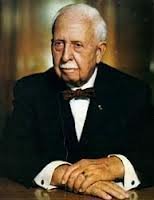
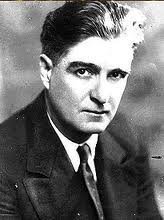
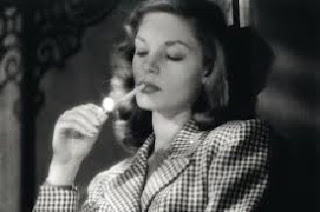
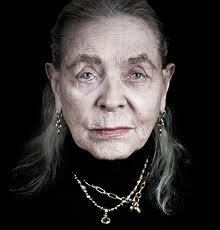
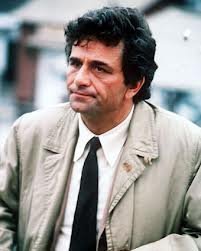
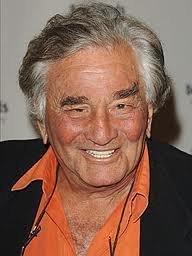


No comments:
Post a Comment